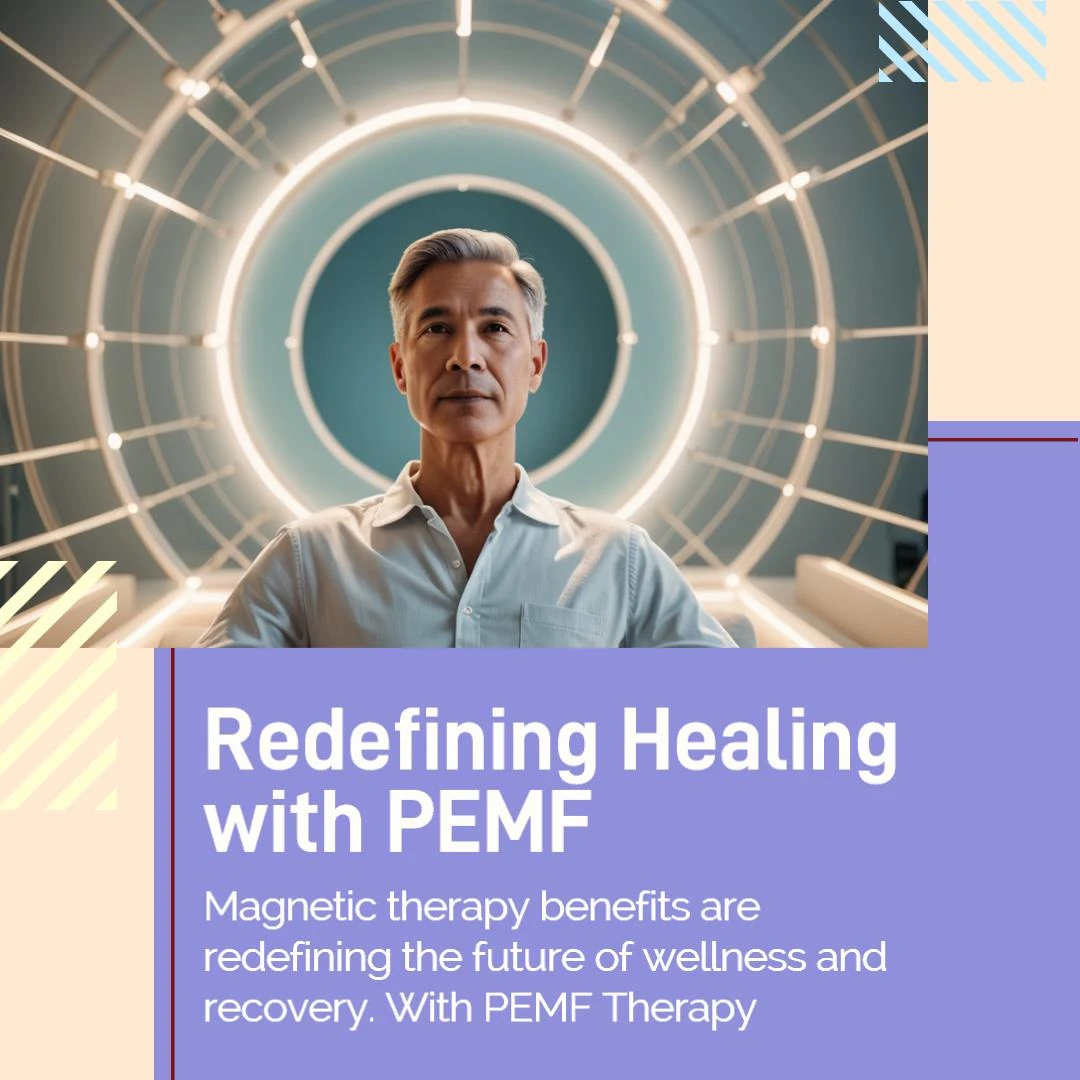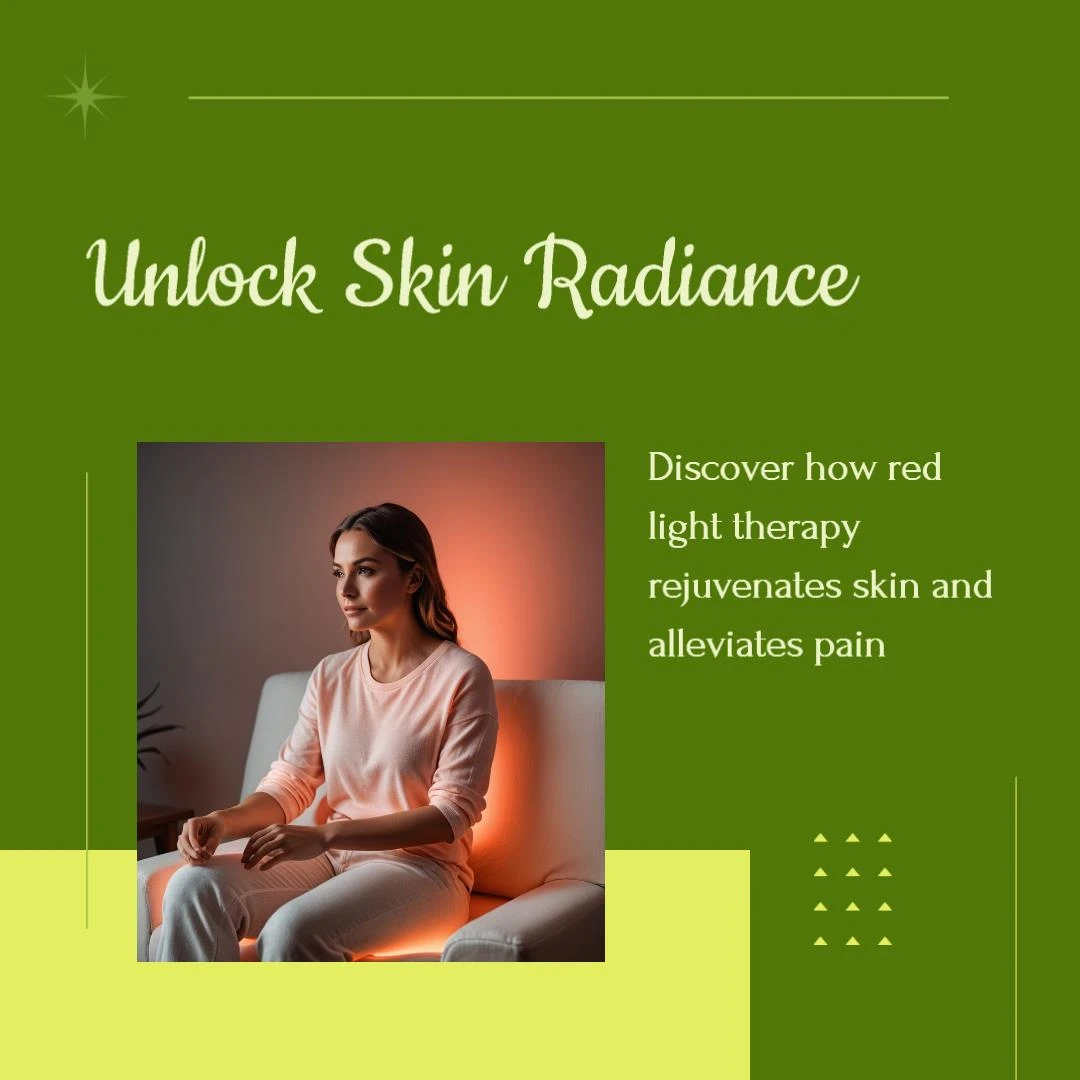Authored by Terrence Shenfield, MS, RRT-ACCS, RPFT, NPS, AE-C
Experiencing vision loss can be overwhelming, impacting day-to-day activities, work, and overall quality of life. Understanding the vision loss causes and the available vision loss treatment options is essential for maintaining clarity and independence. Eye health should never be overlooked, and with today’s advancements, there are effective eye health solutions that cater to various concerns. Whether you're navigating managing vision impairment or exploring vision loss prevention tips, this guide covers key insights, causes, and actionable steps.
Table of Contents
- Understanding Vision Loss
- Common Causes of Vision Loss
- Modern Treatment Options for Vision Loss
- Managing Vision Impairment in Your Daily Life
- Essential Tips for Preventing Vision Loss
- Transforming Eye Care with Technology
Understanding Vision Loss
Vision loss refers to the partial or complete inability to see, which affects millions globally. It doesn’t always mean blindness—it ranges from slight impairments to significant visual hurdles. Differentiating between temporary and permanent vision loss is critical, and both forms require proper attention. The earlier one identifies their symptoms, the better their chances of addressing them with appropriate eye health solutions.
Signs to Look Out For:
- Sudden blurriness or clouded vision
- Trouble seeing in low-light settings
- Loss of peripheral or central vision
- Difficulty focusing or distinguishing colors
Common Causes of Vision Loss
Vision loss doesn’t stem from one issue alone. Multiple causes, both genetic and environmental, can contribute. Below is a breakdown of the most common vision loss causes:
1. Age-Related Macular Degeneration (AMD):
AMD is prevalent among individuals over 50 and leads to central vision loss. It impairs the ability to read, recognize faces, and see finer details, though peripheral vision often remains intact.
2. Cataracts:
Cataracts occur when the eye's lens becomes cloudy, affecting vision clarity. They develop gradually and remain the leading cause of treatable blindness globally.
3. Glaucoma:
Often called "the silent thief of sight," glaucoma damages the optic nerve due to high pressure within the eye. Without treatment, it can result in permanent vision loss.
4. Diabetic Retinopathy:
This condition arises in individuals with diabetes when high blood sugar damages blood vessels in the retina, leading to vision impairment.
5. Refractive Errors:
Conditions like myopia (nearsightedness), hyperopia (farsightedness), and astigmatism are significant contributors. With corrective lenses or surgeries, these often temporary impairments can be resolved effectively.
For effective remedies against these vision loss causes, consulting an eye specialist promptly is crucial. You can also explore tools and products that aid in maintaining clear vision. Check out innovative eye-care solutions here.
Modern Treatment Options for Vision Loss
Thanks to science, various vision loss treatment options are available to meet diverse needs. While some treatments involve medication or surgery, others utilize assistive tools and lifestyle changes.
1. Corrective Surgeries:
Procedures like LASIK or cataract operations can often restore normal vision in those with refractive errors or cataracts.
2. Medications:
Eye drops, oral medication, or injections are typically prescribed for managing conditions like glaucoma and AMD.
3. Therapies:
Low-vision therapy, combined with magnifying aids, can improve everyday functionality for those with permanent impairments.
4. Innovative Wearable Devices:
Technological devices, including high-tech glasses and mobile applications, support independence in individuals managing vision challenges.
For a deeper understanding of current options, browse suitable resources at ATECAM Health & Wellness. They offer evidence-based information for anyone looking to upgrade their understanding of vision loss treatment options.
Managing Vision Impairment in Your Daily Life
Living with partial or total vision loss can seem daunting. However, by adopting the right methodologies, managing vision impairment becomes less stressful.
Simplify Your Space:
Keep your home or workspace organized. Color-contrast labeling or tactile markers help identify essentials without manual search.
Invest in Assistive Technologies:
Tools such as screen readers, voice-activated assistants, and magnification software are game-changers for visually impaired individuals. Browse leading products here.
Routine Vision Check-ups:
Regular eye exams ensure you’re aware of any developments or new challenges in vision health. Catching problems early dramatically increases treatment effectiveness.
Essential Tips for Preventing Vision Loss
Prevention is better than cure, especially when it comes to safeguarding eyesight. Incorporate these practical vision loss prevention tips into your routine to promote eye wellness.
Eye-Friendly Nutrition:
Consume foods rich in vitamins A, C, and E, along with omega-3 fatty acids. Leafy greens, fish, nuts, and carrots are excellent choices.
Screen Time Moderation:
Prolonged use of digital devices can strain your eyes. Follow the 20-20-20 rule—every 20 minutes, look at something 20 feet away for 20 seconds.
Sun Protection:
Always wear sunglasses with UV protection to guard against harmful rays, which can increase the risk of cataracts and macular degeneration.
Avoid Smoking:
Smoking narrows blood vessels, reducing blood flow to the eyes and increasing susceptibility to conditions like AMD.
You can discover products that help with vision wellness, like UV-blocking lenses and blue-light glasses, here.
Transforming Eye Care with Technology
The integration of technology into eye care has revolutionized the way we approach vision problems. Virtual reality programs for low-vision therapy, AI-powered diagnostic tools, and personalized devices for enhanced visual clarity are bridging unprecedented gaps in treating and managing vision impairment.
If you’re interested in advanced solutions that work seamlessly into your day-to-day life, explore offerings tailored to focus on better eye health solutions at ATECAM Health & Wellness.
Final Thoughts
Addressing vision loss starts with awareness, prevention, and timely interventions. By exploring vision loss causes and identifying cutting-edge vision loss treatment options, you can effectively tackle ongoing challenges. With the added benefit of modern eye health solutions, living with or preventing vision impairment is more manageable than ever. Don’t wait to prioritize your eye health; take proactive steps today to protect and enhance your eyesight for the years to come.
***
Disclaimer
ATECAM Health and Wellness participates in the Amazon Services LLC Associates Program, an affiliate advertising program designed to provide a means for sites to earn advertising fees by advertising and linking to Amazon products.
References
- National Eye Institute. (n.d.)
- American Academy of Ophthalmology. (n.d.)
- Mayo Clinic. (n.d.) Eye Health and Diseases Section.
- World Health Organization. Vision Impairment and Blindness Report.
- American Optometric Association (AOA). Recommendations for Eye Wellness.



